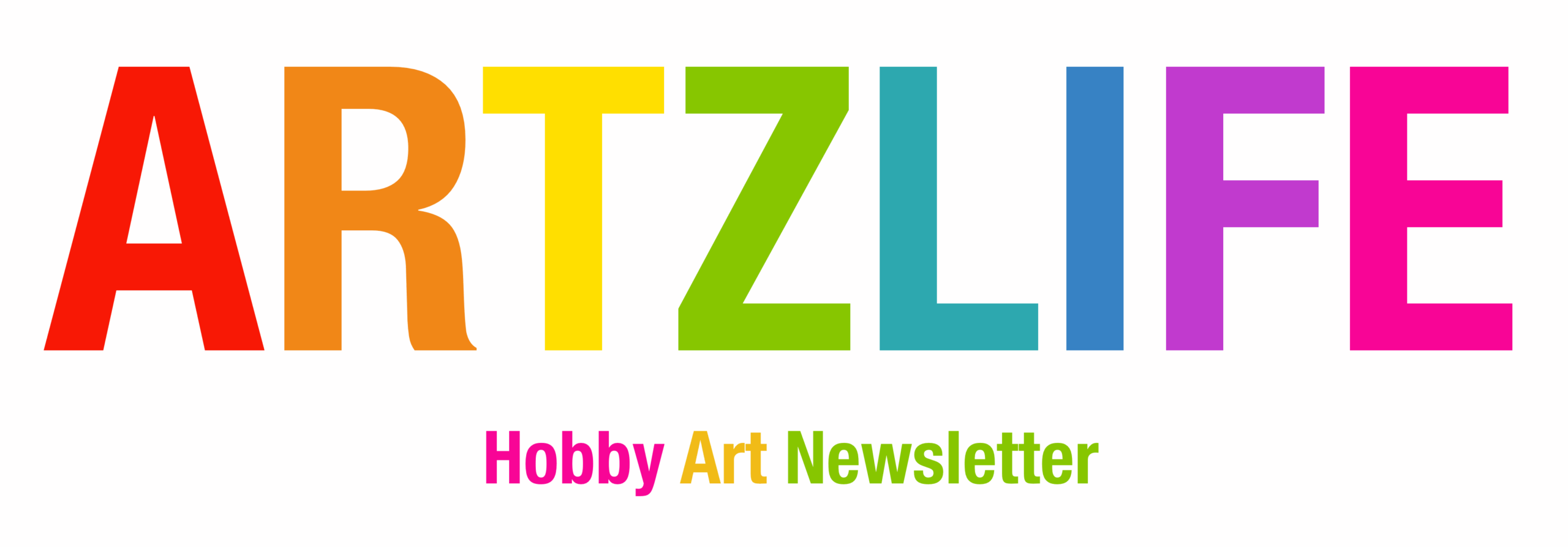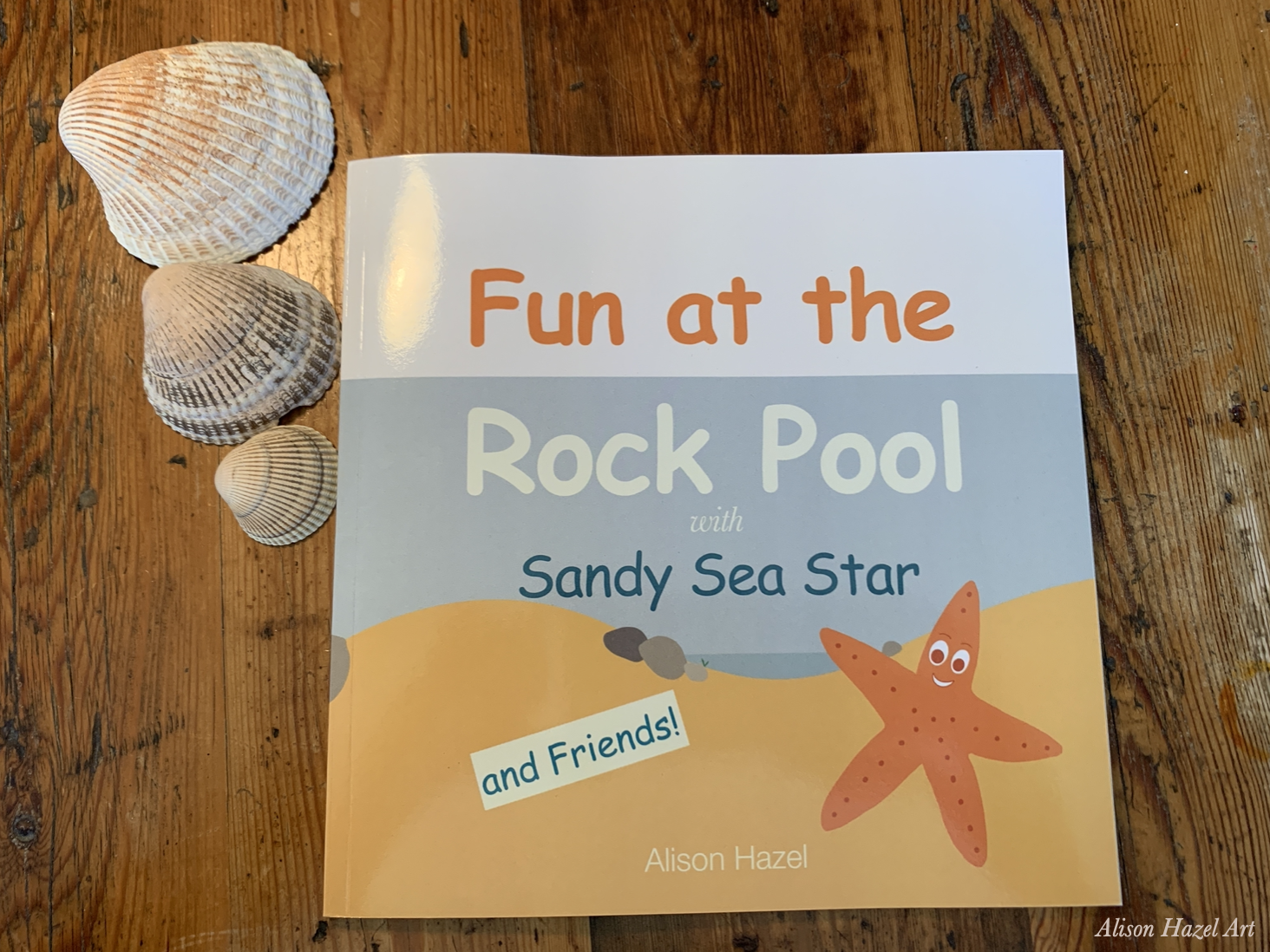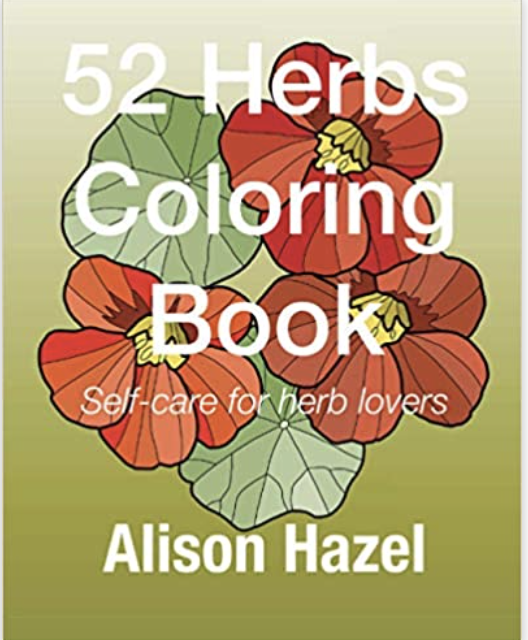Art Business Definition
Hobbyist Artist
Everyone starts out as a hobby artist.
You pick up some pencils and paper and start drawing.
Next you may move onto markers or paint.
If you are a potter, you make endless mini bowls and hone your craft.
If you are a dyer of thread or weaver of yarns, you start making little cloths, table mats and other bits and bobs.
At some point you may shift your focus onto one particular art type or medium that you enjoy and at which you are quite good.
You keep going and make art worthy of hanging on the wall or of adorning the living roon coffee table.
You go to the craft or art store and buy what you need to make the art you have begun to love.
You acquire more and more art supplies for your hobby.
Your hobby costs you.
You may start a monthly budget just for your art supplies or even an art class because you find joy in doing your hobby.
You have a hobby when you spend money on your craft.
Professional Artist
You are professional artist when you earn your first dollar from your art.
Your first sale can be small, like selling a painting, greeting card, pottery bowl or handmade soap.
The exchange of money for art is the signal that you are a professional artist even if you don’t think you are.
But perhaps you don’t feel you belong…
Imposter Syndrome
You may not think you are a professional artist for several reasons:
- Because you have a day job
- Because you are not trained
- Because everyone knows you are not an artist
- Because you know you are not an artist
Making money from art as a side job is the best way to gently move into having an art business.
Many artists still have day jobs, but they are artists at the weekend and in the evenings.
Reluctant Artists
A reluctant artist is someone who makes beautiful things which bring joy to themselves and others and which other people want and offer to buy.
If your neighbor, when they see your acrylic painting, says to you, “Please make me one for my kid’s teacher at school, I’ll pay you. How much will you charge?”
You reply, “Oh yeah, well, hmm…”
This is a clear statement that you may be a reluctant artist.
Think about it.
You are merely one step away from making your first dollar from your art. And when you earn your first dollar you are a professional artist.
This change of status could require a mind shift.
You must mentally accept that you can, and should, be an artist.
Who is to say that you can’t have a day job or be a full-time mom and also be a weekend professional artist?
Permission
It can be a psychological revelation that you can, and should be, an artist.
The first step is for you to believe it yourself
The second step is for your close family to believe that you are an artist. This can take time and I have more on this later.
The third step is letting the whole world know that you are an artist.
Give yourself permission to say you are an artist.
Say out loud. “I am an artist.”
Visualization
Visualization is a powerful tool which can be used in your favor.
If you can visualize yourself as an artist then you will become one.
If you can imagine creating beautiful art, that is desired by others, then you can be an artist.
Never dismiss the power of visualization in realizing your dreams.
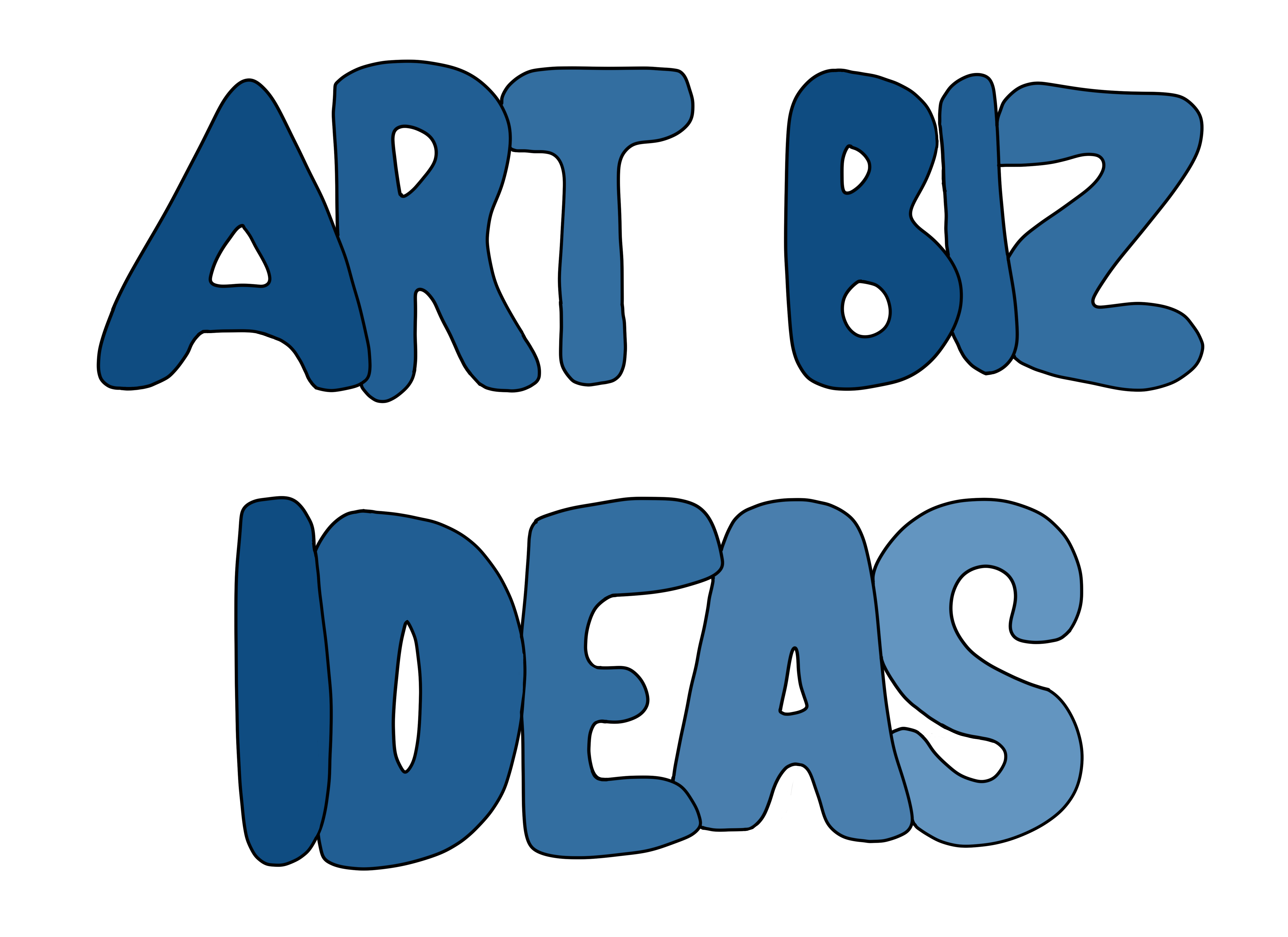
Artist Vision Board
A vision board is a physical representation for all of your visions.
How to Make an Artists Vision Board
You choose images and words for your artist vision board which supports the life you are trying to manifest, for example, a life of being an artist.
An artist’s vision board will have pictures of how you see yourself as an artist.
Here are some suggestions about what to put on your artist vision board:
- If you want to sell your art online, have images of your website and computers.
- If you want to sell your art a craft market, add images of craft markets and stick a photo cut out of you there doing the selling.
- If you want to be accepted into an art gallery, then add a picture of a gallery and glue some of your art works on the walls.
- If you want to own an art gallery, then place a map where you want to be located and draw a shopfront of a gallery. Add images of gallery openings and words like,”Gallery opening” and “Local Artist Show.”
- If you want to teach your style of art to others, show a classroom with art students pouring over their works and listening to you teaching them. Add words like, “Art Teacher” and “Art Classes by Your name.”
- If you want to own an art studio, add images of how you see your studio with tables, easels and paint pots all around. Include words like, “Art Classes,” “Fun Creative Classes” and “Celebrate Art with Us.”
- If you want to organize art retreats for groups to come and immerse themselves in your art style, add images of a hotel in the mountains with people paining, potting or sculpting in a group and enjoying themselves. Include words like, “Art Retreat”, “Weekend Getaway” and “Learn Art Now.”
Where to Put Your Artist’s Vision Board
Place your artist vision board where you will see it every morning and evening.
A great place is in your bathroom.
In the bathroom you will see the images and read the inspirational words every morning before your day begins.
You will be reminded of your visions each evening as you get ready for bed.
The bathroom is a great spot because it stimulates your acknowledgement of what you are trying to achieve every morning and evening.
Where Not to Place Your Artist Vision Board
If you have people in your home who do not support your dream to become an artist, avoid putting your artist vision board in public rooms in your home like the hallway, kitchen or living room.
If you live alone this does not count.
When to Consider Yourself as Having an Art Business
If you are reading this, you are probably toying with the idea of starting an art business.
Slow Growth
There is no rush to become profitable, famous or acclaimed as an artist.
Slow growth refers to slowly building your art business one step at a time.
You plan where you want to go and every move you make is a step in the direction to have an art business.
Enjoy the process.
Success
Set yourself up for success.
Decide what success looks like for you which may not be the traditional meaning of success.
Is success for you:
- Selling one art piece
- Selling lots of art at a craft fair
- Selling your art online
- Selling enough to cover your overheads and quit your day job
- Becoming well-known as an artist
- Becoming an art influencer
- Becoming collectable
Do not live someone else’s dream.
Getting Started in Your Art Business
Here are some ideas on how to start an art business.
We will start by dealing with the practicalities.
I can’t talk much about registering a business, as that will be different in every country.
You may need a lawyer to help you set up a limited company but this is not necessary immediately.
Get business advice from experts in you area. Do not ask your neighbour or your hairdresser, seek proper advice.
Art Business Name
You need to decide on an art business name.
Your Art Business Name
You can call yourself Annie’s Art, Annie Parker Art or AP Art.
The best one here is you full name.
For example, Annie Parker Art, Prunella Stinson Art, Zane Isaacs Art or Alison Hazel Art.
Note if you are a married woman and you use your husband’s last name, and you get divorced in the future, you may not like to use his name then.
Pseudonyms
You can use a made-up name or a pseudonym like, Emily Brontë Art.
This is a good idea if you do not want to use your real name or if you real name is difficult to spell, or otherwise challenging.
Meaningful Names
A meaningful art business name is one that means something to you.
For example, if you love emeralds, you could call yourself Emerald Art Studio.
If you do abstract art, you could call yourself The Abstract Art Studio.
Location
Adding a town, city or area to your business name can be tricky.
Avoid location specific names like:
- Miami Art
- Midwest Art
- Montreal Art
Because if you move from this city of geographical area, your art business name will not work.
Think ahead to the future.
Online Presence
Website
You need a website, it is essential.
Your website should be owned by you. It is your online business card.
Your website is the mothership and everything else you ever do (YouTube, Pinterest, Instagram, newsletters etc. ) feeds back to the mothership.
Domain Name
Your domain name is your business name with .com at the end.
A .com extension means it is a commercial business.
I recommend Dreamhost for self-hosting. I have personally been with Dreamhost since 2002 and they have hosted various other websites for myself and my family, including this one.
Before you decide on an art business name, check your proposed art business name in Google with the addition of .com at the end.
For example, if you want Emily Brontë Art as your business name then in Google type emilybronteart.com and see what comes up.
Your domain host will be able to tell you if your proposed art business name has already been taken.
Self-hosting
You want to be self-hosting which means you own your website and the extension is .com.
Watch out for hosting places like SquareSpace and Blogspot where the extension is yourartbusinessname.squarespace.com or yourartbusinessname.blogspot.com.
With these websites you can be limited on what you can do with the website.
Whereas if you self-host you can do anything with your website.
Aspiring Artist Activity – First Steps
What are you waiting for?
Give yourself one day to do the following:
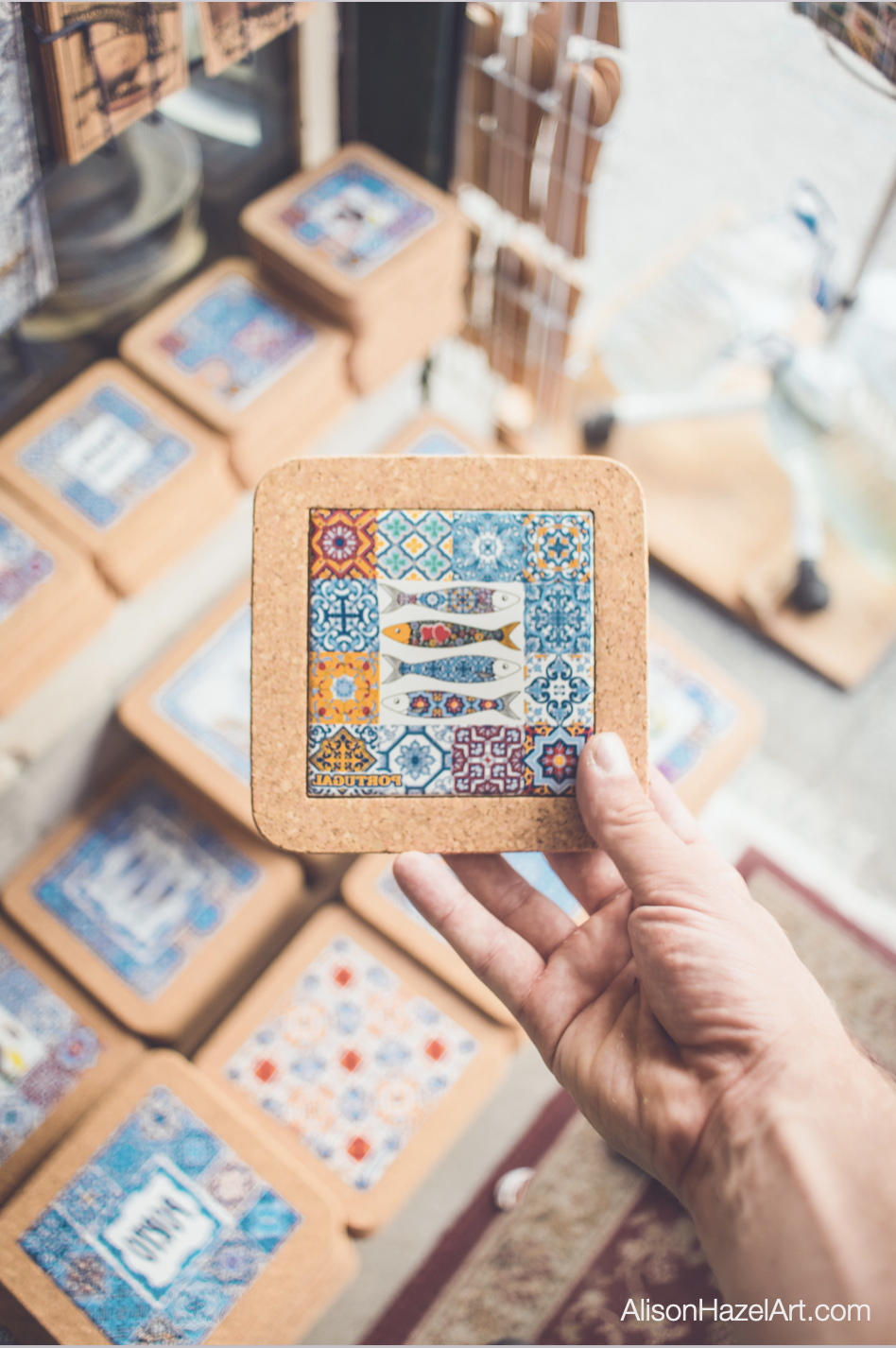
More Art Articles
If your enjoyed this post you may find more that will interest you on our site in these posts.
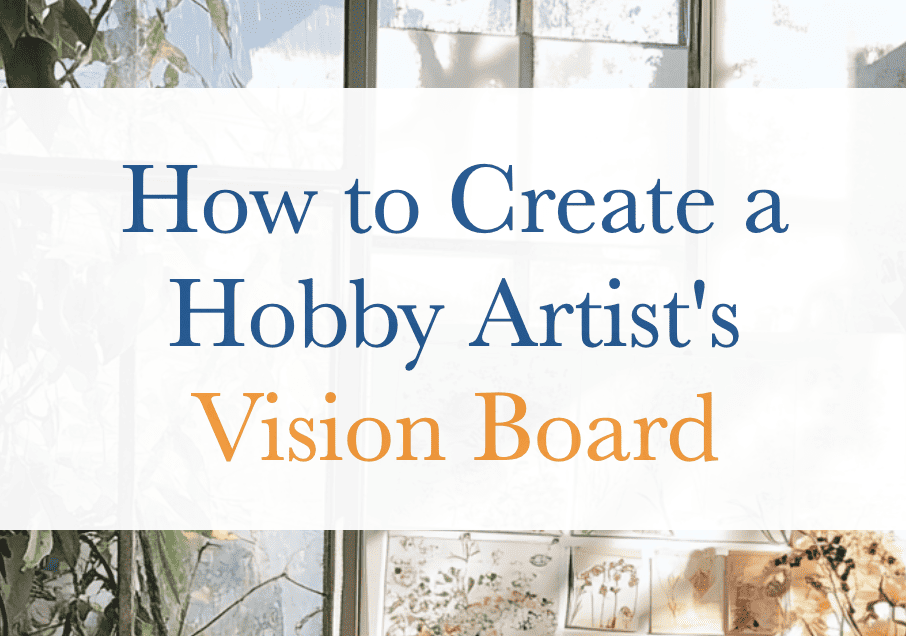
How to Set Up an Artist’s Vision Board
Author: Alison Hazel - Last updated: January 2025 Artist Vision Board Over the years, your creative energy and passion for art will no doubt ebb and flow. Hopefully it will evolve as well. Sometimes it's hard to stay motivated. You might not have any creative...
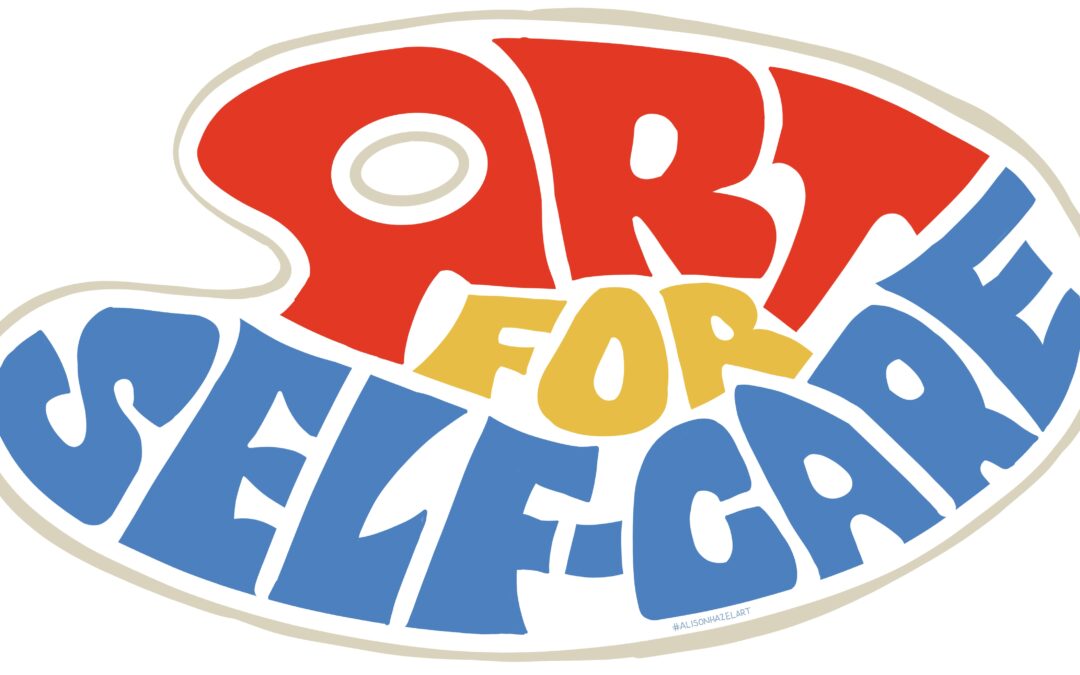
Art for Self-care
Read my journey on Art as Self-care. Get some tips and ideas on how you can add some journaling processes to your day.
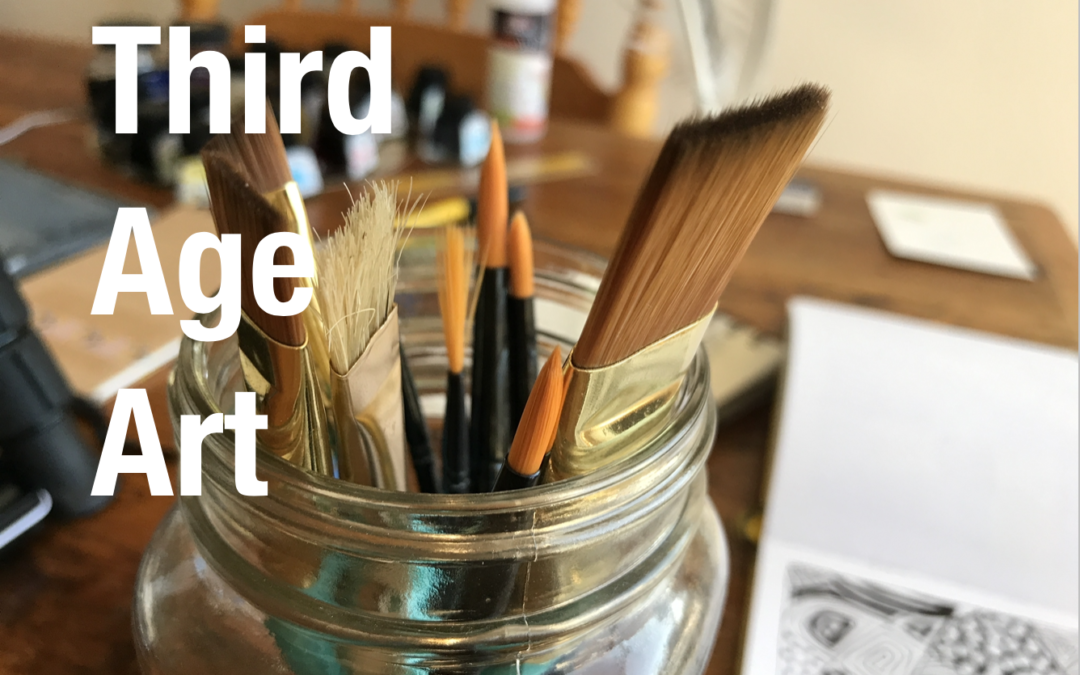
Third Age Art for Women
Get some ideas on finding your unique creative art expression as a woman in the Third Age of life through a journal activity.

